MyPlate Quiz Study Guide
1/24
Earn XP
Name | Mastery | Learn | Test | Matching | Spaced |
|---|
No study sessions yet.
25 Terms
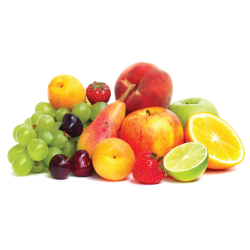
what nutrients can you acquire from eating whole fruit that isn’t usually found in juice?
(a.) vitamins
(b.) minerals
(c.) fiber
(d.) sugar
(c.) fiber
“Fiber is found in the pulp of the fruit. When juice is made (either commercially or at home with a juicer), the pulp is usually removed. Unfortunately, the fiber goes with it.”
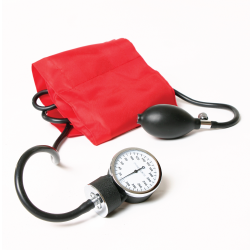
known to help regulate blood pressure, potassium is a nutrient that many people don’t get enough of. what are some good fruit sources of this mineral?
(a.) dried apricots
(b.) bananas
(c.) orange juice
(d.) all of the above
(d.) all of the above
“Potassium is a nutrient found in a wide variety of foods – from all the fruits listed above to some beans (white beans, soy beans), vegetables (spinach, potatoes), fish (halibut, tuna), and low-fat yogurt and milk, too.”

which fruit is this?
mango
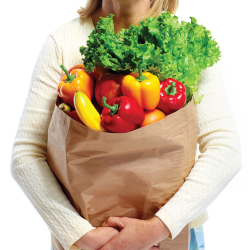
true or false? eating a diet rich in fruits and vegetables as part of an overall healthy diet may protect against certain types of cancer.
true
“As a part of an overall healthy diet, eating a diet rich in fruits and vegetables may reduce risk for heart disease, protect against certain types of cancer, and help lower intake of calories.”
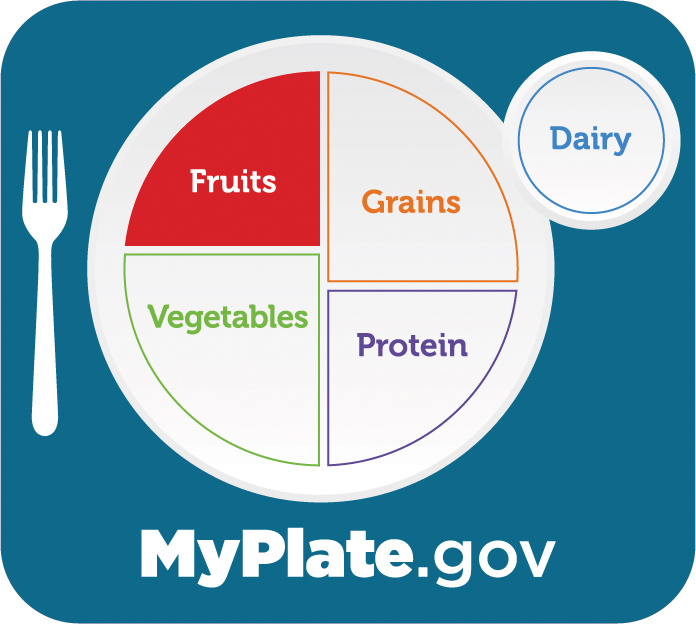
what are some examples of parts of this food group?
(a.) caned peaches
(b.) dried apricots
(c.) 100% orange juice
(d.) fresh strawberries
(e.) all of the above
(e.) all of the above
“Any fruit or 100% fruit juice counts as part of the Fruit Group. Fruits may be fresh, canned, frozen, or dried, and may be whole, cut-up, or pureed.”
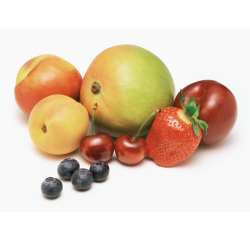
fiber found in fruit is associated with what health outcome?
(a.) strengthening bones
(b.) making new blood cells
(c.) building muscle
(d.) maintaining proper bowel function
(d.) maintaining proper bowel function
“As a part of an overall healthy diet, eating foods that contain fiber – such as fruits, vegetables, and whole grains – may reduce risk for heart disease, protect against certain types of cancer, and help maintain proper bowel function.”
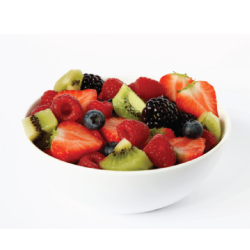
fruits are a source of which of the following?
(a.) folate
(b.) vitamin d
(c.) calcium
(d.) protein
(a.) folate
“Folate is one of the B vitamins and is needed by all of our cells for growth. Although vitamin D and calcium are not typically found in high amounts in fruits, you can find some 100% orange juices that are fortified with calcium and vitamin D. You’ll commonly see this advertised on the front of the container.”

which of these foods is actually a fruit in plant biology?
(a.) onion
(b.) pepper
(c.) mushrooms
(d.) all of the above
(b.) pepper
“In plant biology, a fruit contains the seeds of a plant. Though it is botanically a fruit, a pepper counts toward the Vegetable Group because we eat peppers in a similar way to vegetables (on sandwiches, in soups, in pasta sauces). Likewise, tomatoes, squash, cucumbers, and pumpkins all contain the seeds of the plant and are therefore botanically fruits.”
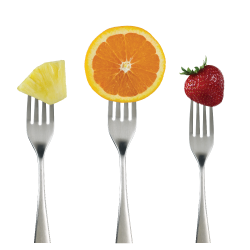
what fruits are a source of vitamin c?
(a.) pineapples
(b.) strawberies
(c.) oranges
(d.) all of the above
(d.) all of the above
“All fruits (and vegetables, too) contain some amount of vitamin C – an important nutrient that is needed for the growth and repair of tissues in all parts of your body.”
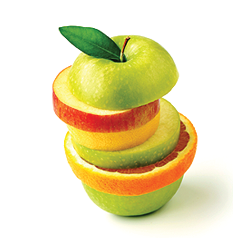
what do fruits have that makes them sweet?
(a.) vitamin c
(b.) fiber
(c.) fructose
(d.) protein
(e.) a will to live
(c.) fructose
“Fructose is a natural sugar found in fruit that is responsible for the sweet flavor of many fruits.”
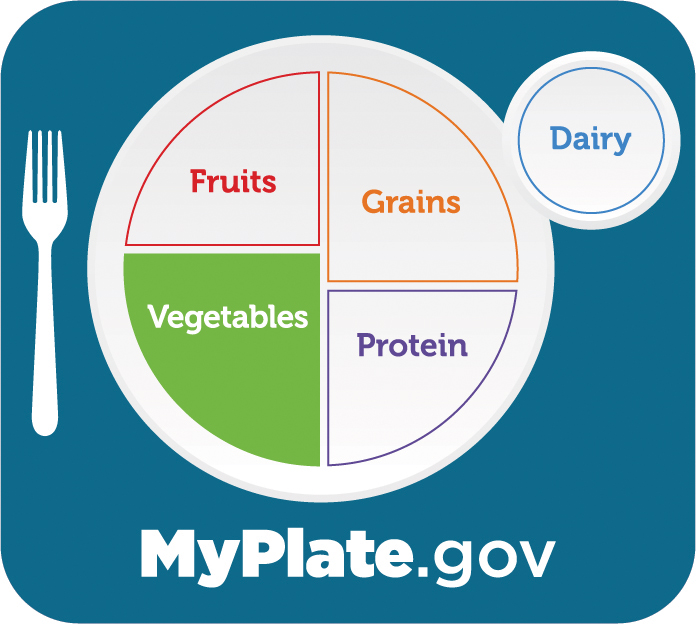
about how much of your plate should be fruits and vegetables?
(a.) one quarter
(b.) one half
(c.) three quarters
(d.) all of it
(b.) one half
“‘Make half your plate fruits and vegetables’ is a key nutrition message of MyPlate and the Dietary Guidelines for Americans. MyPlate is a visual reminder to make half your plate fruits and vegetables.”
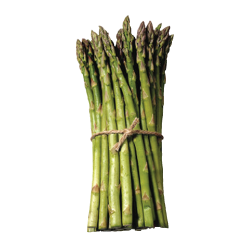
what are these?
asparagus spears
“Asparagus is a vegetable that is a good source of vitamin K, which helps with wound healing because it helps your blood to clot.”
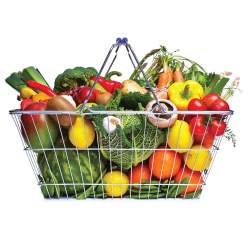
true or false? eating a diet with lots of vegetables and fruits is good for you.
true
“As a part of an overall healthy diet, eating a diet rich in vegetables and fruits may reduce risk for heart disease, protect against certain types of cancer, and help lower caloric intake.”
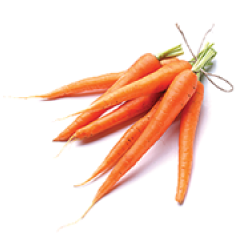
what vitamin gives carrots and sweet potatoes their orange color?
(a.) vitamin d
(b.) folate
(c.) vitamin a
(d.) vitamin o
(c.) vitamin a
“Beta-carotene, a form of vitamin A, gives these foods their orange color, and is also good for eye health, the immune system, and reproduction.”
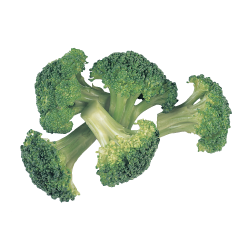
which of these is a subgroup of vegetables?
(a.) raw
(b.) crunchy
(c.) dark-green
(d.) juiced
(c.) dark-green
“The subgroups of vegetables are dark-green vegetables; red and orange vegetables; beans, peas, and lentils; starchy vegetables; and other vegetables. It is important to get a variety of vegetables from these subgroups because different subgroups have different amounts of vitamins and minerals. Broccoli, kale, bok choy, and romaine lettuce are examples of dark-green vegetables.”
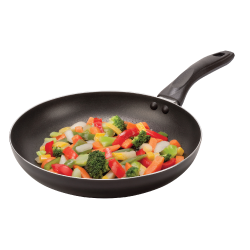
true or false? you should only eat raw vegetables because if you cook them, all of their vitamins are “cooked away.”
false
“Cooked vegetables still contain vitamins, minerals, and fiber and can be very nutritious – but remember that sauces or seasonings used in cooking can add calories, saturated fat, and/or sodium to vegetables.”
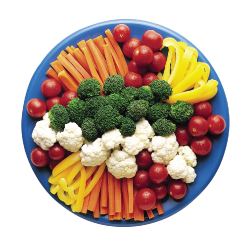
what color vegetable should you eat the most?
(a.) orange; they taste the best!
(b.) purple; they’re rare and exotic!
(c.) green; kale is green!
(d.) a variety of colors
(d.) a variety of colors
“Varying your veggies ensures you get many different vitamins and minerals”
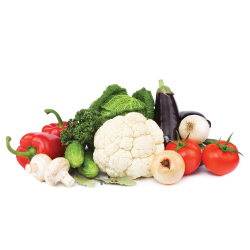
what fruit is commonly mistaken as a vegetable, but is actually a fruit in plant biology?
(a.) tomatoes
(b.) sweet onions
(c.) peas
(d.) kale
(a.) tomatoes
“In plant biology, a fruit contains the seeds of a plant. Though it is botanically a fruit, tomatoes count toward the Vegetable Group because we eat tomatoes in a similar way to vegetables (on sandwiches, in soups, in pasta sauces). Likewise, peppers, squash, cucumbers, and pumpkins all contain the seeds of the plant and are therefore botanically fruits.”
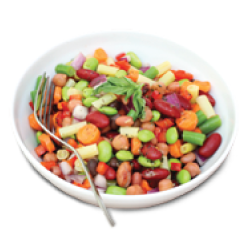
what food group are beans, peas, and lentils counted in?
(a.) vegetable group
(b.) protein group
(c.) both
(d.) all of the above
(e.) neither
(c.) both
“Beans, peas, and lentils can be counted in either food group because they contain nutrients that are similar to foods in the Vegetable Group (fiber, potassium, and folate) and the Protein Foods Group (protein, iron, and zinc). Because of their high nutrient content, consuming beans, peas, and lentils is recommended for everyone, including people who also eat meat, poultry, and seafood regularly.”
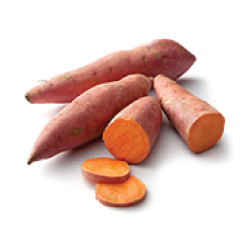
carrots, onions, and sweet potatoes are all vegetables and are what part of a plant?
(a.) seeds
(b.) flower
(c.) root
(d.) stem
(c.) root
These are all "root vegetables"; the part you eat is grown underground.
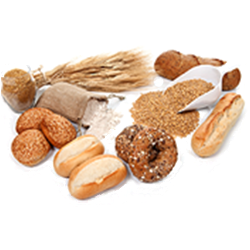
true or false? any food made from wheat, rice, oats, cornmeal, barley, or another cereal grain is in the grains group.
true
“Foods made from these grains – which include bread, pasta, oatmeal, breakfast cereals, tortillas, and grits – are examples of foods in the Grains Group. Grain products with high levels of solid fats and/or added sugars (e.g., donuts, cakes) should be chosen less often.”
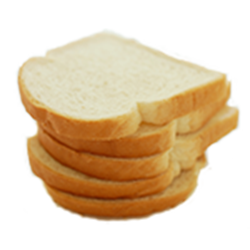
folate (from foods such as spinach and black-eyed peas) and folic acid (from fortified foods such as enriched grains and from supplements) are especially important for which of the following groups?
(a.) children under two years old
(b.) athletes
(c.) women of childbearing age
(d.) all of these
(c.) women of childbearing age
“Women of childbearing age who may become pregnant should consume adequate folate from foods, and in addition 400 mcg (micrograms) of synthetic folic acid from fortified foods or supplements. This reduces the risk of several serious birth defects.”
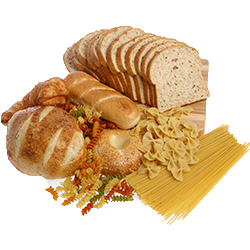
what is the most common food from the grain group eaten in the united states?
(a.) tortillas
(b.) bread
(c.) white rice
(d.) popcorn
(e.) pancakes
(b.) bread
“Bread is the most common food from the Grains Group eaten in the United States.”
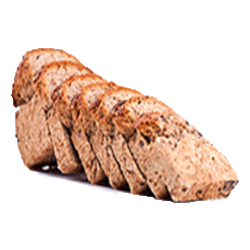
what is the best way to know that the bread you are buying is a whole-grain bread?
(a.) the bread tastes “grainy”
(b.) the bread is brown in color
(c.) the label says “100% wheat”
(d.) another customer says so
(e.) any ingredient includes the word “whole”
(e.) any ingredient includes the word “whole”
“Breads labeled with the words "multi-grain," "stone-ground," "100% wheat," "cracked wheat," "seven-grain," or "bran" are usually not whole-grain products. Look for the word "whole" in the ingredient list. Also, you cannot rely on the color or texture of a bread to show that it is a whole grain. Whole grain examples of grain products include brown rice, oatmeal, popcorn, quinoa, rolled oats, whole-grain barley, whole-grain corn, whole oats, whole rye, and wild rice."
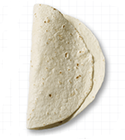
what food made from grains is pictured here?
(a.) corn bread
(b.) pita bread
(c.) flour tortilla
(d.) english muffins
(c.) flour tortilla
“Flour tortillas are usually made from refined wheat, but may be made with whole wheat. Check the ingredients list for the words “whole grain” or “whole wheat” to decide if they are made from whole grains. Some foods may be made from a mixture of whole and refined grains.”